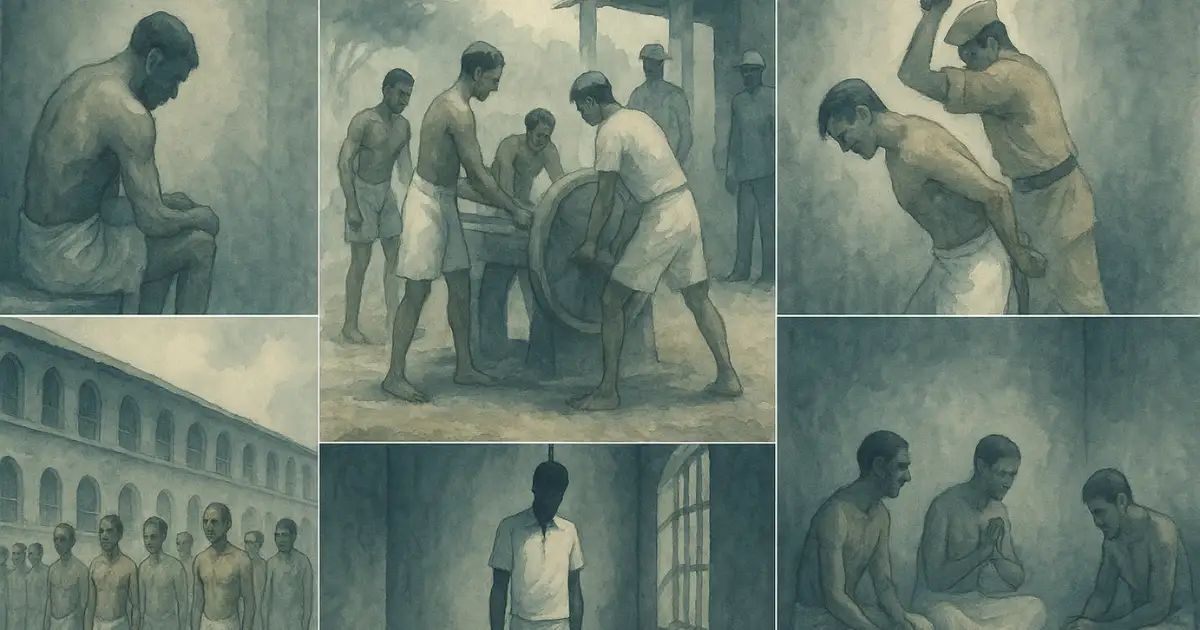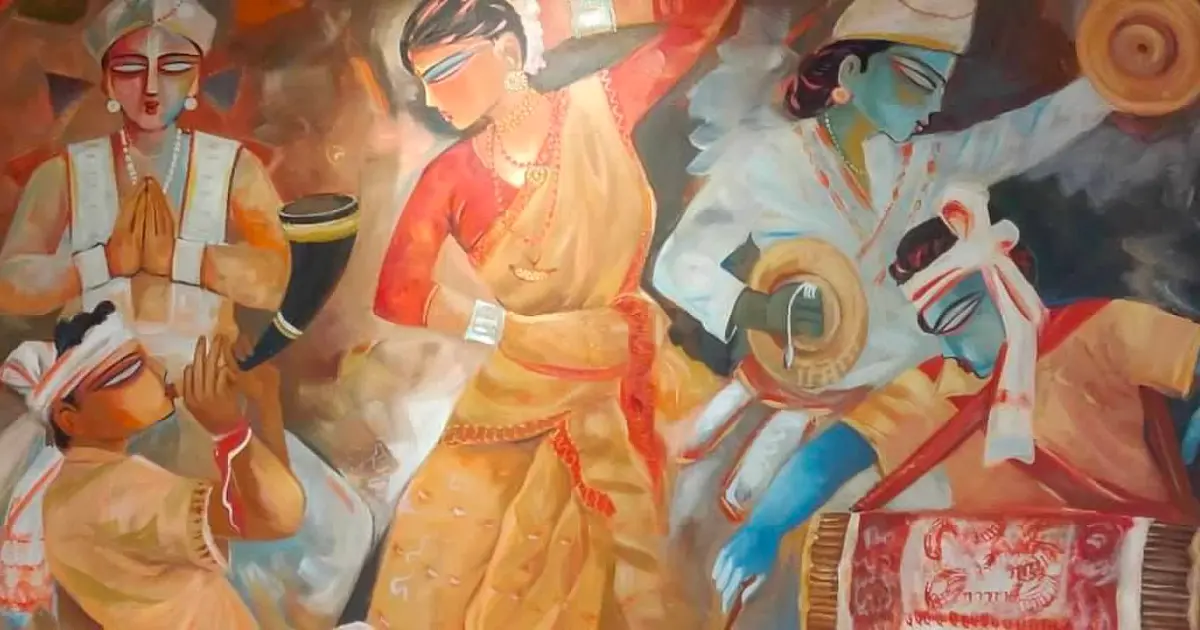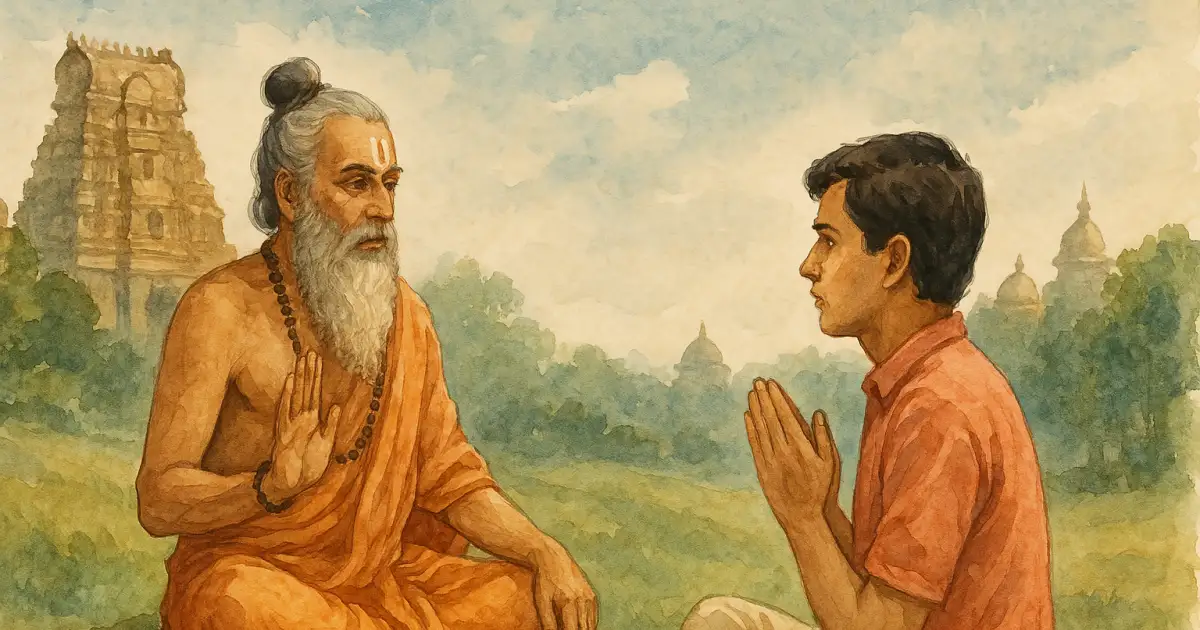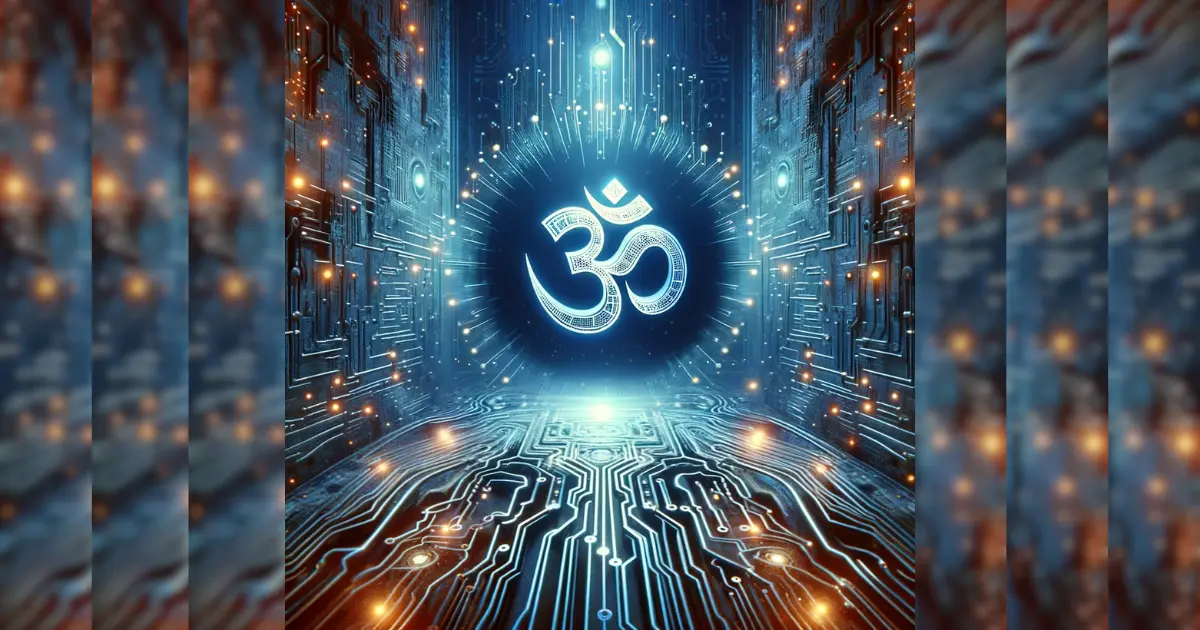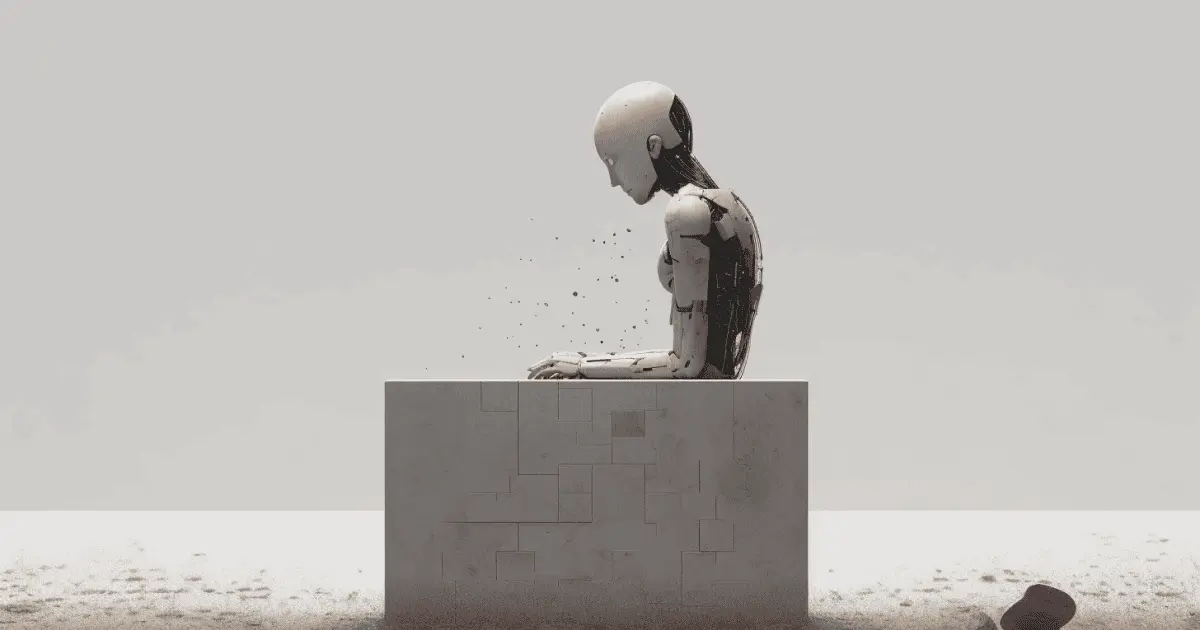This essay is part 4 in a series of essays on the life of Veer Savarkar. Read the previous essays here-
Part 1
Part 2
Part 3
देहाकडून देवाकडे जाताना मध्ये देश लागतो आणि या देशाचे आपण देणे लागतो
From flesh to the divine, the motherland lies in between—and to her, our debt remains.
These were the words of Veer Savarkar, now imprisoned by the British in the dark cells of Andaman. Though confined, his spirit remained resolute. With no means of escape except death, he turned his efforts toward a different path - continuing his work for the freedom of his motherland in whatever way he could.
In the dark and oppressive confines of the Andaman Cellular Jail, Veer Savarkar was not just another prisoner. He was a leader, a guide, and a source of strength. Among his fellow inmates, he was known as Bade Babu, a title that reflected not just respect but the immense influence he wielded even behind bars.
Savarkar’s deep knowledge of politics, law, and administration made him a natural mentor. Both political prisoners and common inmates sought his guidance, drawn to his intellect and clarity of thought. But his role was not limited to advice - he actively worked to uplift the prisoners, organizing educational sessions and striving to improve their conditions.
More than just a teacher, he was also a negotiator. He often acted as a bridge between the prisoners and the jail authorities, using diplomacy to ease the brutal treatment of inmates. Writing mercy petitions to reduce torment and sentences.
Social work and the idea of ‘Shuddhi’
Most of the prisoners who entered Kala Pani were young men in their early twenties, having abandoned their education and careers for the cause of revolution. The brutal toil and relentless torture of the Cellular Jail were meant to break their spirits. The despair was so deep that suicides became tragically common, a stark reflection of their hopelessness.
It was in these dark times that Veer Savarkar emerged as a mentor and motivator, reaching out to his fellow prisoners. He reassured them that their sacrifice was not in vain, that their struggle had meaning beyond their suffering. His words became a source of strength, reminding them of the greater cause they had once embraced with passion.
Despite the harsh conditions and constant violence, Savarkar found ways to uplift their spirits. Sunday discussions, the singing of Rashtrageet, and debates on political ideologies offered moments of emotional and intellectual relief to these exhausted souls. However, these acts of defiance came at a cost - if caught, prisoners faced brutal beatings and severe punishment.
There was a persistent sense of discrimination among prisoners: while Muslim inmates were given time and allowances to offer namaz and read the Quran, Hindu prisoners faced punishment for merely wanting to read the Tulsi Ramayan. Veer Savarkar strongly opposed this injustice. He insisted that all prisoners should be allowed access to books, especially when they were permitted to receive a yearly parcel of personal belongings. He made full use of this provision, acquiring and reading as many books as possible.
Knowing that sheer force could not shatter the will of his fellow political detainees, he undertook an unordinary task - a task that turned the penal colony into a haven of education and quiet defiance.
Savarkar started a clandestine Book Fund, assiduously constructed from the limited wage prisoners had earned through backbreaking work. Gradually, the funds grew large enough to purchase holy books and literary jewels - the Bhagavad Gītā, Dnyāneśwarī, the Upaniṣads, the Rāmāyaṇa, and the Mahābhārata - transforming a dungeon into an altar of learning.
Books were not sufficient. Realizing human frailty, Savarkar used inducements astutely: money and cigarettes; little comforts in the strict environment of Kalapani - were first used to tempt hesitant inmates into attending the sessions. But what had started as inducement soon turned into serious involvement. Prisoners who had known only deprivation and illiteracy soon read, wrote, and debated philosophy and history. The rate of literacy in the prison rose dramatically, reaching a remarkable 80%.
This new learning did more than illuminate - it emancipated. Some of the prisoners, with their newfound knowledge, were qualified for clerical work. These jobs relieved them of the horror of stone-breaking and log-hauling, providing a degree of dignity instead of punishment.
While language has often been used to deepen divides in modern regional politics, Veer Savarkar envisioned it as a bridge, not a boundary. Far ahead of his time, he rejected the idea of exalting one regional tongue, as he could have for the love of Marathi insisted it as a national language. Instead, his vision was rooted in unity and practicality. Inspired by the earlier efforts of Svāmī Dayananda Saraswati in the 19th century, who championed Hindi as a national medium, Savarkar took that baton forward within the revolutionary fold of Abhinav Bharat in the early 1900s.
Inside the walls of Kalapani, where language was both a means of expression and resistance, Savarkar sowed a policy both inclusive and strategic. He advocated that every prisoner must first become literate in his mother tongue. Only once that foundation was built did he encourage the adoption of Hindi, specifically in the Devanāgarī script, as a unifying link language across geographic and linguistic boundaries. This was not about cultural dominance, it was about national cohesion.
Savarkar was acutely aware of the bureaucratic imposition of Urdu as the standard language for official correspondence within the prison system - a practice he saw as disconnected from India’s indigenous ethos. Most jail munśīs wrote only in Urdu, which alienated many prisoners from understanding or even owning their letters. He firmly directed that inmates should write letters in their native tongues, reclaiming their linguistic identity.
More than a mere act of linguistic preference, Savarkar’s initiative was an act of national integration. He promoted cross-learning - Bengalis learning Gujarati, Maharashtrians picking up Punjabi not to create homogeneity, but to foster mutual understanding. To him, Hindi was not an imposition, but a practical means to dismantle colonial-era linguistic structures and challenge the cultural dominance of Urdu, which he believed was alien to India’s native character.
In Savarkar’s mind, the question was never about which language was superior - it was about what would unite, uplift, and liberate. His clarity of vision, rooted in inclusion rather than division, offers a stark contrast to the sectarian strife and linguistic chauvinism that plague contemporary politics.
In the sinister silence of Kalapani, cruelty did not always come with chains sometimes, it came cloaked in doctrine. One of the most diabolical horrors that Hindu prisoners faced was the quiet, coercive machinery of religious conversion. Surrounded by Muslim guards who often wielded their authority with religious bias, many prisoners were subjected to threats of flogging, starvation, or even death should they refuse to accept Islam. For the vulnerable and the broken, submission often seemed like the only way out.
But Savarkar, even behind bars, refused to bow. He recognized that this was not just an assault on faith - it was a psychological war meant to break the spine of Hindu identity. He observed how ignorance and fear played into the hands of the oppressors. Superstitions ran rampant: many inmates believed that merely sitting, eating, or drinking water alongside a Muslim would result in their automatic conversion.
Savarkar shot back at this head-on. With his logic and wit, he tore apart such illusions. If touching a meal cooked or handled by a Musalman makes you become one, he would say to them, then the reverse must be equally true! if you touch theirs, they must become Hindus! The very logic of his argument shook many out of their state of fear-induced trance. With his leadership, there arose a silent but forceful resistance - conversions slowed down, and confidence increased.
It was in 1913 that he initiated the Shuddhi movement formally within the prison walls, a calm, methodical attempt to recover those who had been lost to conversion, to reclaim their original religion and identity with pride. Yet it was not merely a religious crusade, it was a national rebirth in prison.
But the bias did not stop there. Each morning, the deafening Azaan from the jail mosque shattered the delicate sleep of the already weary inmates. But when Hindu prisoners tried to perform pūjā or recite mantras, they were reprimanded for disturbing the peace. The wrong was as obvious as it was merciless.
Savarkar replied not with agitation, but with ingenuity. He and his colleagues started blowing the conch - Śaṅkha Nāda - every morning. It was a masterstroke. Conch blowing, an age-old Hindu custom, resounded in the prison - loud, resilient, unshakeable. It couldn't be criminalized without exposing the double standards of the administration. So, now the Azaan was no longer sole. The Shuddhikaran of identity was now met with a Shuddhikaran of resolve.
Bravehearts in Chains - The Martyrs of the Manicktolla Conspiracy and the Shadow of Kalapani
In the haunted halls of the Andaman Cellular Jail, where freedom’s most valiant sons were buried alive in silence, Veer Savarkar was not alone in his suffering. Around him stood and fell a generation of revolutionaries, their youth consumed in the furnace of colonial brutality. Among the most tragic chapters of this epic resistance was the fate of the young heroes from the Manicktolla Bomb Conspiracy, later known as the Alipore Bomb Case - a case that shook British rule and birthed legends in chains.
The revolutionaries of the Jugantar group, founded by Barindra Kumar Ghosh, were no mere dreamers. They were fire-forged patriots who chose action over submission. Arrested in the wake of the Alipore conspiracy, many of them were condemned to life sentences - not just in prison, but in the hellish depths of Kalapani. Among them was a young man whose suffering would sear itself into the heart of Veer Savarkar; Indubhushan Roy, barely twenty years old when he entered the hell of Kalapani. His treatment exemplified the systematic brutality that characterized British colonial justice. Chained like an animal, he was forced to operate the oil mill under the merciless tropical sun, his body lacerated by constant whipping, and his spirit tested beyond human endurance.
Savarkar, himself subjected to similar torments, watched with growing horror as Indu's condition deteriorated. Despite his suffering, Savarkar attempted to provide psychological support, trying to rekindle hope in his young comrade's shattered spirit. But the colonial machinery of oppression had calculated its methods too precisely. On April 29, 1912, Indu Bhushan Roy, still wearing the chains of his captivity, chose death over continued submission. His suicide by hanging represented not defeat, but a final act of defiance against a system designed to reduce human beings to broken animals.
The impact of Indu's death on Savarkar was profound and lasting. In his later writings, Savarkar admitted that witnessing such suffering shook him to his core, forcing him to confront the reality of what awaited them all. Yet rather than breaking his resolve, this tragedy steeled his determination to bear witness and preserve the memory of such sacrifices for future generations.
But the atrocities did not end with Indu. Another young revolutionary, Ullaskar Dutta, also convicted in the Alipore case, faced horrors so savage they stripped him of his very sanity. The methods employed against Dutta were particularly savage: forced labor carrying wet bricks under punishing conditions, regular beatings with bamboo whips, and the dreaded oil mill punishment. When his body finally rebelled and he refused to continue working, the authorities escalated their torture. For eight consecutive days, he was chained and suspended from the prison walls, his screams echoing through the corridors as testimony to colonial brutality.
Savarkar's desperate attempts to visit his suffering comrade were coldly rejected by the prison authorities, adding psychological torment to physical cruelty. When Dutta finally attempted suicide, the British response revealed the full extent of their systematic cruelty - electric shock treatments disguised as medical intervention, designed not to heal but to further break his spirit.
The eventual transfer of Dutta to the Madras mental asylum, where he remained for fourteen years, represents one of the most tragic outcomes of the independence struggle. Here was a brilliant young revolutionary reduced to a shell of his former self, his sacrifice hidden behind the clinical language of mental health records.
Among the many valiant souls swallowed by the dark abyss of the Andaman Cellular Jail, one name echoes with both tenderness and fire - Nani Gopal. Just seventeen years old, a boy in years but a warrior in spirit, he had been sentenced for hurling a bomb at the notorious Police Commissioner Denham in Calcutta. For this act of revolutionary defiance, the British regime unleashed upon him punishments that defied both morality and law, even their own.
Despite established prison rules that forbade minors from being subjected to oil mill labor, Nani was chained to the kolhu (oil press), where he was forced to grind oil for hours, a punishment so severe that grown men often collapsed under it. The Empire, threatened by a boy’s courage, made a mockery of its laws.
Nani refused to bow. He repeatedly declared, “We are not criminals. We are political prisoners. Treat us as such.” His words, echoing through the stone corridors, were dangerous - not for their volume, but their truth. When the jailors saw that this boy was drawing inspiration from older revolutionaries like Veer Savarkar, they panicked. Their response was brutality.
He was thrown into solitary confinement, made to stand in chains for days, and denied all contact. When he refused to wash the prison clothes he was punished with coarse, heavy prison garments, which were later stitched onto his skin, day in and day out. He endured the unbearable and still refused to break.
In one particularly grotesque instance, when he refused to bathe - another silent act of defiance - he was forcibly submerged in a water tank, and his young body scrubbed till it bled with rough coconut coir. Blood mixed with water, pain with humiliation, and still, he did not yield.
The prison officer Barry, witnessing this unfolding tragedy, approached Savarkar a man whose word carried weight even in chains. Barry warned, “The boy will not survive much longer.” Savarkar, incensed, responded with veiled fury: “If even a hair on that boy’s head is harmed further, you will see hell rise in these very barracks blood will flow.”
Savarkar knew that martyrdom in vain in darkness, in silence, without a fight was not the legacy revolution demanded. He met with the frail yet unbroken Nani, who had by then launched a hunger strike in protest. With firm affection, Savarkar reasoned with him:
Don’t let your death pass as a whisper. Let it roar. Die while you fight - not when you fast. There is much still to be done.
Moved by this call to purposeful resistance, Nani Gopal agreed to end his hunger strike. The revolution had not claimed him yet. Through Savarkar’s intervention, this young soul was preserved, for a time, to continue embodying the flame of defiance.
The experiences of Roy, Dutta, and Nani Gopal were not isolated incidents but part of a comprehensive system of colonial oppression designed to terrorize the independence movement. The British administration, led by officials like Jailor Bari, maintained elaborate facades of legitimacy while orchestrating systematic torture. Official reports consistently claimed that all was well in the Andaman prisons, creating a paper trail of lies that attempted to sanitize the reality of colonial brutality.
The Four Strikes - Resistance Against Systematic Brutality in Kalapani
The Andaman Cellular Jail was designed as more than a prison—it was a laboratory of human degradation where the British sought to break India's revolutionary spirit through systematic torture. Between 1911 and 1914, the inhuman conditions and calculated cruelty inflicted upon political prisoners sparked four major strikes, each a desperate assertion of human dignity against colonial barbarism.
The System of Torture
Political prisoners - educated patriots who had sacrificed comfort for freedom - were deliberately classified as common criminals and subjected to medieval punishments. The oil mill (kolhu) became the centerpiece of this torture: prisoners yoked like oxen, forced to turn grinding stones under the tropical sun while guards wielded bamboo whips. Food was deliberately inadequate - rotten grain mixed with stones, watery gruel calculated to maintain life while sapping strength. Medical care was denied or administered as additional punishment, while official records painted sanitized pictures that concealed systematic atrocities.
The First Strike (1911): Collective Awakening
The arrival of Alipore Bomb Case prisoners, including Savarkar, marked the beginning of organized resistance. Educated revolutionaries found themselves beaten like animals while performing degrading manual labor. Their modest demands - recognition as political prisoners, exemption from brutal labor, and basic human dignity - were met with contempt.
The colonial response was savage: solitary confinement in cells where standing or lying became agony, near-starvation rations, and routine beatings. Savarkar was isolated in the darkness where day and night disappeared, accompanied only by screams and guards' laughter.
The Second Strike (1912): Death as Liberation
Indu Bhushan Roy's suicide on April 29, 1912, exposed the calculated cruelty of the kolhu system. The twenty-year-old had been chained to grinding stones like a beast, whipped continuously, and denied water during scorching heat. His death became a searing indictment - suffering so complete that death appeared as liberation.
Savarkar emerged as the moral center of the resulting strike, demanding an end to murder disguised as punishment. The British denied Roy died from torture while privately intensifying brutality, understanding that any concession would signal weakness.
The Third Strike (1913): Strategic Resistance
By 1913, atrocities had crystallized into comprehensive torture. Prisoners were suspended from walls by chains for days, forced to meet impossible quotas while denied sustenance and subjected to medical procedures designed to increase suffering. When Reginald Craddock visited the Andamans as part of a British government investigation, Savarkar wrote a detailed letter documenting the systematic brutalities. Craddock's complete inaction despite receiving evidence of torture sparked the third major uprising.
Savarkar's strategy recognized that their resistance represented a battle for the independence movement's moral authority. His appeals exposed contradictions between colonial claims of civilization and systematic torture, while hunger strikes transformed individual suffering into collective witness. The betrayal by official investigators who witnessed evidence yet took no steps forced prisoners into organized resistance as their only recourse.
The Fourth Strike (1914): The Breaking Point
The final strike was precipitated by the brutal beating and death of Bhansingh, a Sikh prisoner, whose murder by the authorities represented the culmination of systematic brutality. Combined with Ullaskar Dutta's complete mental breakdown - screams echoing through corridors as a constant reminder of what awaited them all—the prisoners had reached their breaking point. By 1914, psychological torture complemented physical punishment: total isolation, sensory deprivation, and deliberate unpredictability that made every moment terror.
This was the most organized resistance effort of Savarkar's imprisonment, and prisoners coordinated refusal to work and eat with unprecedented discipline. The situation became so volatile that prisoners rushed into the barracks, forcing Jailor Barry to flee from the premises. The British response was characteristically savage, yet for the first time included secret concessions, recognizing their system was generating dangerous resistance.
Amidst the brutalities of Kalapani, Savarkar stood as the moral spine of resistance. Witnessing Indubhushan Roy’s suicide, Ullaskar Dutta’s madness, and Bhansingh’s murder, he turned personal torment into collective resolve. His words soothed shattered spirits; his presence proved that dignity could endure even engineered despair.
In that crucible of colonial cruelty, Savarkar bore witness to every atrocity and transformed suffering into strength. From these depths arose his greatest offering to India’s freedom struggle - the revolutionary idea of the Political Civilizational Nationalist movement Hindutva. Though chained in body, his mind-forged a vision that would shape a civilization’s future.
The śloka he wrote in those dark days quietly endured, inspiring generations with its message of strength, sacrifice, and unbroken resolve.
की घेतलें व्रत न हे अम्हि अंधतेने लब्धप्रकाश इतिहास-निसर्ग-मानें जें दिव्य दाहक म्हणूनि असावयाचें बुद्ध्याची वाण धरिलें करिं हे सतीचें
What vow is this we’ve taken — not in blind faith’s haze,
But lit by the flame of truth we’ve earned through history’s gaze.
That sacred fire, fierce and divine,
Revealed by Nature, Time, and the voice within -
We have embraced it, not in ignorance, but with awakened will.
And like the noble Sati, offering herself in pure resolve,
We too have chosen self-sacrifice — with clarity, not compulsion —
A vow made in light, not shadow.
